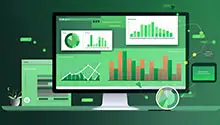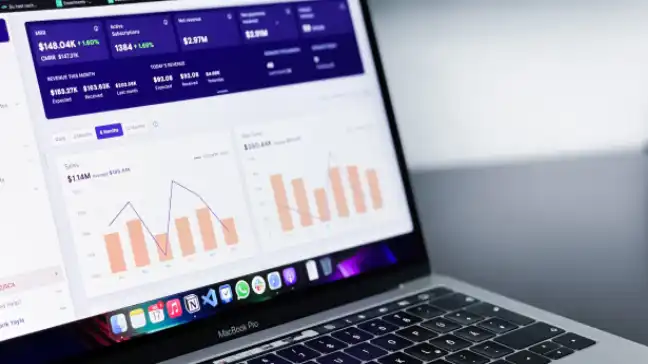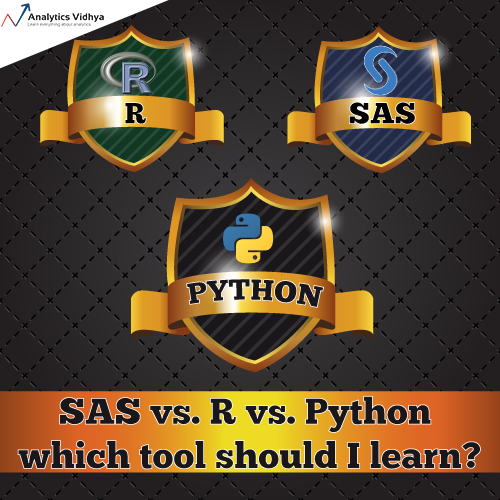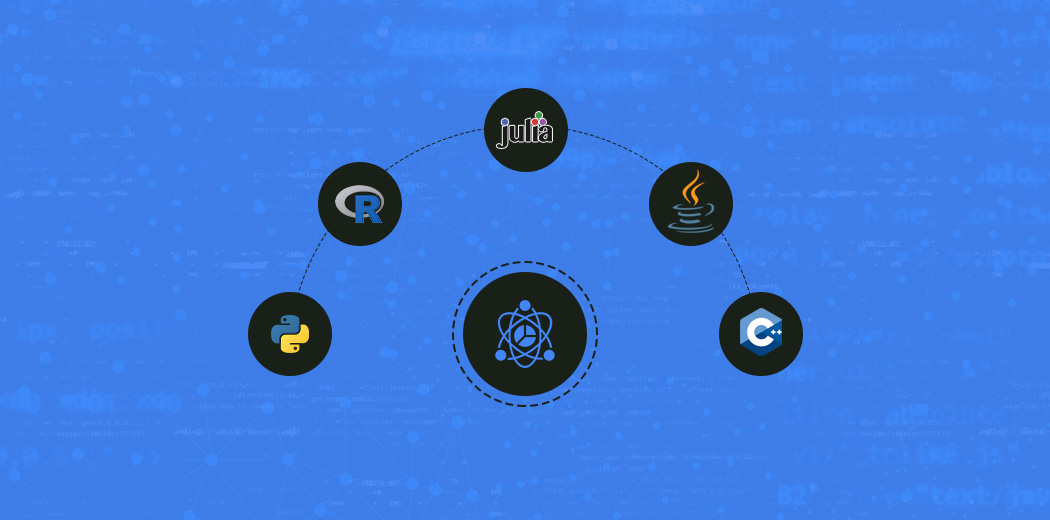Choosing between R vs Python for data science is like picking superheroes for your tech adventure. R is great at stats, while Python is good at many things. R is like a hero for deep data thinking, and Python is like a hero for making things easy. Let’s see which one is better for your job!

This article was published as a part of the Data Science Blogathon.
Table of contents
R vs Python: Why This Controversy?
In general, both Python and R are the topmost preferred programming languages for Data Science learners right from the beginners to the professional level. Both the programming languages have considerable similarities in producing efficient results.
- Both were created around the early 1990s
- Since they are open source programming languages, anyone can easily download and access them free of cost.
- They have a lot of libraries and special algorithmic functions to work and solve the data science and data analytics problems
- As with other data analytics tools like SAS, SPSS, MATLAB they do not restrict the users in terms of cost as well as complexity in solving problems.
- Both of them providing a user-friendly working experience that is easily understanding and recognizing even by the non-programmer
- A lot of new inventions and improvements happening frequently in both the tools to handle the problems in the areas of Data Science, Machine Learning, Deep Learning, Artificial intelligence, Deep learning algorithms and much more in Python Skills
Hence it looks like none is lower than the other and this is the reason for the controversy of R vs Python. Just have a look, in brief, to understand this better.
Why Choose Python?
Python was first released in 1991 and designed initially by Guido van Rossum. Since it is an object-oriented programming language also called a general-purpose programming language that comes out with a philosophy that emphasizes code readability with efficiency.
If the programmers and the people from the technical environment want to excel in their data science passion by tackling the math and statistical concepts, python will be the best partner in supporting those situations. Hence this is the most preferable and favorite programming language for most Data Science learners.
It has dedicated special libraries for Machine Learning and Deep Learning have data formats as well are listed in its library packages index called PyPI. And the documentation for those libraries is also available in the Python Documentation format on its official site.
Explore data science with our free Python course. Elevate your skills, analyze data effectively, and shape your success. Enroll now!
Why Choose R?
Ross Ihaka and Robert Gentleman were the initial creators of R. It was initially released in 1993 an implementation of the S programming language. The purpose behind the creation of this programming language is to produce effective results in Data Analysis, Statistical Methods, and Visualisation.
It has the richest environment to perform data analysis techniques. As with python, it has around 13000 library packages in Comprehensive R Archive Network (CRAN) used especially for deep analytics.
It is most popular among scholars and researchers, especially for tasks like performing statistical analysis and manipulating data frames. The majority of projects created in R tend to revolve around research criteria. It is commonly utilized within its integrated development environment (IDE) known as R Studio, offering a more user-friendly experience for analysts and researchers alike. Additionally, a wide array of R packages further extends its capabilities, enabling users to tackle diverse analytical challenges effectively.
How to Make a Better Choice Between R and Python?
The reasons for opting for a particular language are almost common in general for both Python and R. So it is needed to be wiser while picking a programming language between these two. Consider your nature of the domain and your flavor of preference while selecting one within R and Python.
If the nature of your work deals with more codes in general and with less scope of research then prefer Python, if your purpose of work involves research and conceptual processes then choose R. Python is the programmer’s language where R is the language of academicians and researchers.
Everything is based on your interests and the passion behind them. While python codes are easy to understand and capable to do more data science tasks in general. On the other hand, R codes are in the basic academic language, easy to learn, and the best effective tool for Data Analytics tool in visualization.
Also Read: 14 Exciting Python Project Ideas for Beginners
Key Differences
| Feature | R | Python |
|---|---|---|
| Purpose | Very popular in academia, research, finance, and data science | Well-suited for data science, web development, software development, and gaming |
| First Release | 1993 | 1991 |
| Type of Language | General-purpose programming language | General-purpose programming language |
| Open Source? | Yes | Yes |
| Ecosystem | Nearly 19,000 packages available in CRAN | +300,000 available packages in PyPi |
| Ease of Learning | Easier to learn initially, but can be challenging with advanced functionalities | Beginner-friendly language with English-like syntax |
| IDE | RStudio – Organized interface showing graphs, data tables, R code, and output simultaneously | Jupyter Notebooks, JupyterLab, and Spyder |
| Popular Libraries | Pandas : for manipulating data Numpy : for Scientific computing Matplotlib : to make graphics Scikit-learn: Machine Learning | dplyr : for manipulating data string : to manipulate strings ggplot2 : to make graphics caret : Machine Learning |
Python vs R: Advantages
| Python | R |
|---|---|
| Excellent for general-purpose applications | Widely used for statistical computing |
| Best in class for computation and code readability | Strong in handling statistical computations |
| Best functionalities and packages for DL and NLP | Strong capabilities in these domains |
| Attracts diverse user base | Collaborative environment for data analysts |
| Working in a notebook is simple and shareable | Familiar environment for data analysis workflows |
| Best language for producing graphs and visualization | Strong emphasis on visualization |
| Large number of packages for data analysis | Efficient packages for handling data analysis |
| Good functionalities and packages for time-series data | Strong capabilities in time-series analysis |
| Rich ecosystem with cutting-edge packages | Active community support and package development |
| Simplifies complex statistical concepts | Proficient in handling complex statistical concepts |
R vs Python: Disadvantages
| Python | R |
|---|---|
| Not as many alternatives as R provides | Has a considerable number of alternatives |
| Poor in visualization compared to R | Strong in visualization capabilities |
| Fewer packages make it challenging for beginners | More packages may aid understanding for non-experts |
| Generally faster processing | Comparatively slow due to poor codes |
| Smaller package pool speeds up selection | Large number of packages can slow down decision-making |
| Not the best choice for deep learning and NLP | Stronger in deep learning and NLP capabilities |
What to Use?
Usage is purely based upon the user’s need. When speaking about Python, it is the most efficient tool for doing Machine Learning, Deep Learning, Data Science, and Deployment needs, making it highly sought after by data scientists. However, while Python boasts notable libraries for maths, statistics, time series, etc., it often falls short in efficiency for business analysis, econometrics, and research. Nevertheless, Python remains a production-ready language due to its capability to integrate all aspects of complex data analysis into a single tool.
When speaking about R, it is the best tool for doing statistical analysis and research needs with better accuracy. Most of the packages in this programming language were created by academicians and researchers is the added advantage. Hence it has the capability to fulfill the needs of statisticians much quicker than the needs of people from computer science backgrounds. Although it has the best communication libraries for data science as well as machine learning. Undoubtedly it is one step higher than python in Exploratory Data Analysis and visualization.
Conclusion
Both Python and R, as open source programming languages, offer distinct advantages and drawbacks. When it comes to selecting the optimal choice between the two for tasks such as statistical tests and data analysis, several factors need consideration. Both languages excel in different areas; Python is known for its versatility and robustness, making it suitable for a wide range of applications beyond statistics, while R is specifically designed for statistical computing and offers a plethora of specialized packages tailored for data analysis, such as R for data manipulation and statistical tests. Ultimately, the choice between Python and R depends on the specific requirements of the project, the familiarity of the user with each language, and the available resources.
- What is the theme of your work?
- What about your colleagues’ programming knowledge?
- What is the time period of your work?
- And finally your area of interest?
Frequently Asked Questions
A. Python is often preferred for its versatility, extensive libraries, and broader community support, making it a better choice for general-purpose programming and data science.
A. While facing competition, R isn’t dying. It maintains significance in statistical computing and specialized areas, but Python’s popularity has grown in diverse domains.
A. Python is gradually replacing R in many data science applications due to its versatility and ecosystem. However, R will likely persist in specialized statistical and research domains.
Generally, Python is faster due to optimization and a larger library ecosystem, making it a preferred choice for general-purpose language tasks. However, with techniques like vectorization and specialized packages tailored for data mining techniques, R can achieve comparable speeds in certain scenarios.
Discover the power of Python in data science! Join our free course to analyze data efficiently and boost your career. Enroll for free today!
The media shown in this article are not owned by Analytics Vidhya and is used at the Author’s discretion.







